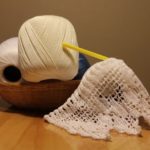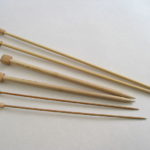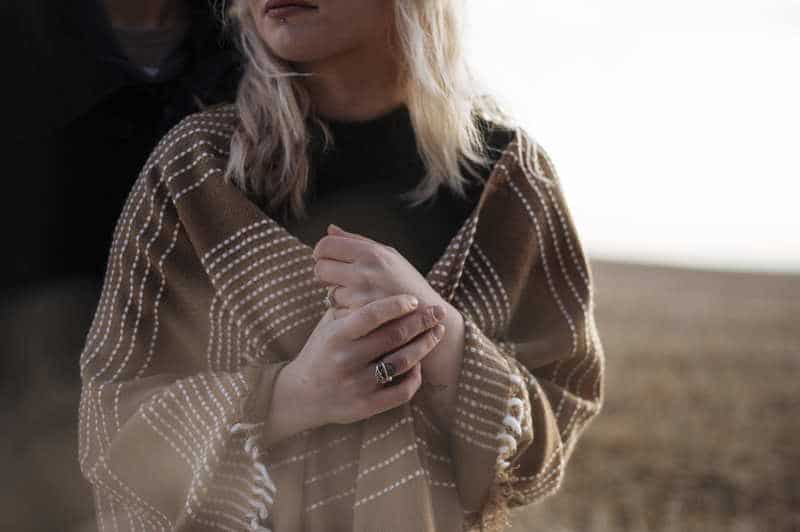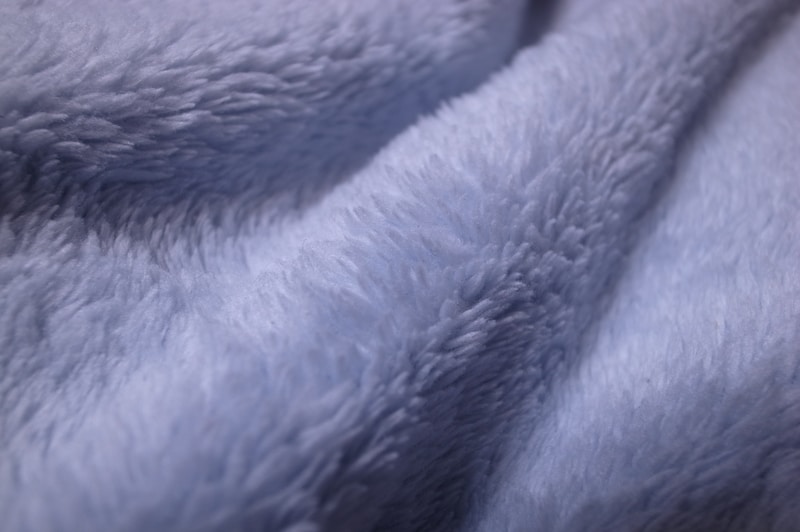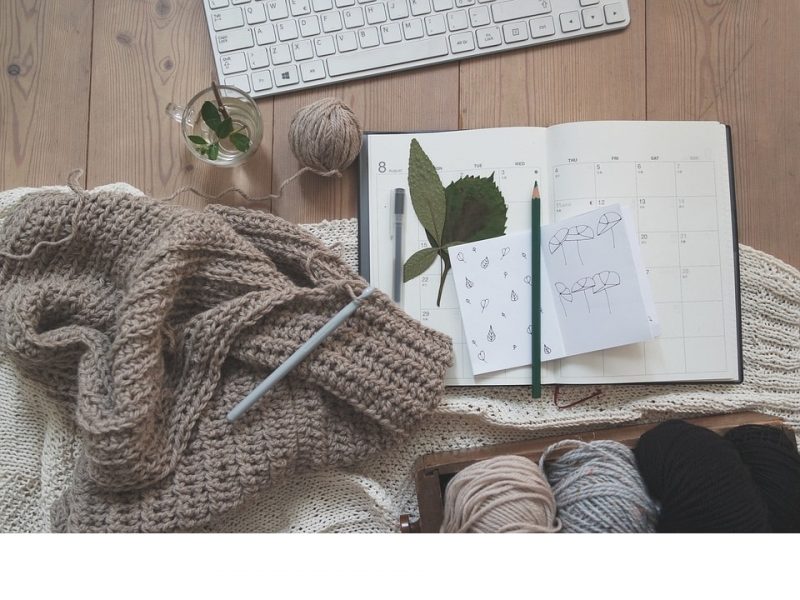If you are diving into the knitting journey and want to try knitting but don’t know where to buy yarn for arm knitting blanket, then you are in the right place.
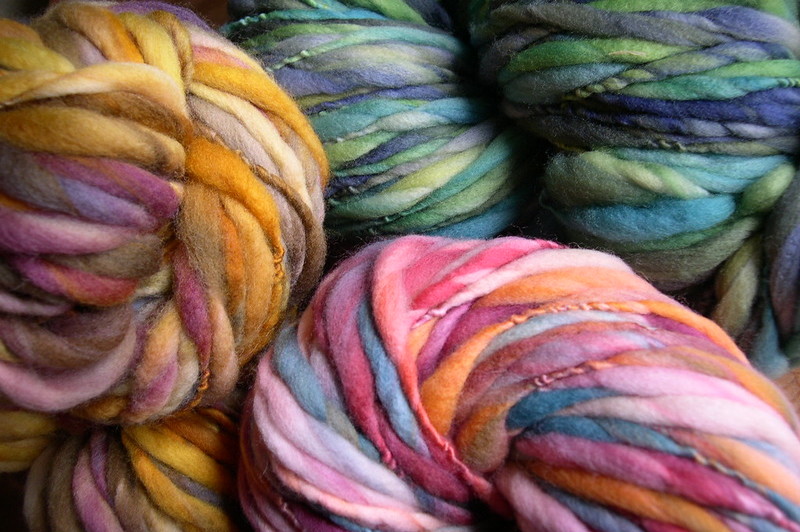
You can try Amazon; there’s always bound to be something there.
However, there are different kinds of yarn to use for arm knitting, and it would be a shame to stick to Amazon when there are other choices.
Hence, we will note the different kinds of yarn for arm knitting, where to buy them, and other arm knitting concerns!
What Kind Of Yarn To Use For Arm Knitting?
Aside from the Super Bulky Chenille Polyester yarn you can get off of Amazon, here are other arm knitting yarns you can experiment with it.
Merino roving wool
The Merino roving wool is at the top of the list because it is so beautiful and soft.
Moreover, natural fibres like merino are fantastic because they do not irritate the skin. Allergy-free property is why they are great for baby blankets.
Merino blankets require delicate care, and rightfully so because they look and feel luxurious.
You can buy roving merino wool at outbackfibers.com. They have different colours, and their merino rovings are super delicate.
They even have sample cards available to make it easier for you to choose which colour you’d need for your next project.
Patons cobbles
Patons cobbles is a blend of wool and acrylic roving yarn. It is bulky, light, and fluffy all at the same time, which makes it perfect for soft blankets.
Patons cobbles is another kind of roving yarn which means it doesn’t have a “fishing net” look.
When you use this type of yarn, you get a pillowy-soft blanket with a rustic look.
You can find this at Michaels. They have a variety of colour choices for this yarn as well.
Red heart grande
Next up on the arm knitting yarn list is red heart grande. This one is perfect for beginners because of its wool blend, making it softer.
However, it is a little less bulky than others, so UK experts advise using double strands of yarn when you knit it.
It’s also a tad less fluffy than other yarns because it is not as bulky. It’s a plied yarn, after all, so it has a rope-like effect.
It’s not pricey, though, which makes it ideal when you’re just starting. You can buy this at Amazon or Yarnspirations.com!
Bernat mega bulky
This type of yarn is thick and rope-like. It is plied like the red heart grande yarn and is effortless to work with.
Despite it being rope-like, it feels soft and comfortable.
Numerous stores offer this type of yarn — you can go to Michaels, order off of Amazon, or visit Yarnspirations.com.
Luxury yarns
There are different kinds of luxury yarn brands that began the arm knitting craze.
One of which is Loopy Mango. They have a big loop merino yarn which is super chunky.
It’s massive, and knitting one skein would take you two to three hours and would give you a 28” X40” blanket.
Another kind of luxury yarn brand is Tjockt.
Tjockt is a Finnish brand that boasts about their Fat & Sassy Merino which are 100% natural and are the best for interior textiles.
Both of these brands are up there on their value, which does not make them beginner-friendly.
However, it does give you an heirloom-like quality of blanket if you ever opt to use them.
What size of yarn do you need for arm knitting?
Usually, you’d need a size six or a super bulky yarn for arm knitting. The requirement towards the size is, so it’s easy to use your hands to knit them, as they are huge.
Regarding skeins, though, it depends on the thickness and length of the yarn you have.
Also, you would have to consider the dimensions of your blanket to determine how many skeins of yarn you’d need.
How to stop your chunky yarn from shedding?
Generally, you would have to hand wash your blanket made of chunky yarn to prevent it from shedding.
Also, chucking it into a washing machine would ruin its texture. You would end up with a felted blanket that way.
As you hand wash it, be sure not to rub it as you will end up ruining the wool or making it felt-like.
Moreover, you need to use a gentle detergent so it won’t harm your blanket.
You can also place it inside a zippered pillowcase to prevent it from shedding fibres.
As for drying it, you can use your dryer but be sure to use the air-dry setting.
Conclusion
Choosing a type of arm knitting yarn is one thing but figuring out where to buy yarn for an arm knitting blanket is another challenge.
There are numerous kinds and numerous stores to choose from, but we hope to help you narrow down your choices.
As always, be sure to enjoy the process of arm knitting, and you’ll reap its soft and comfy benefits after!


